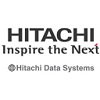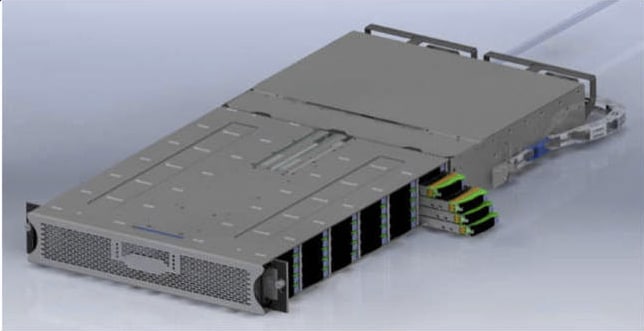
Today Hitachi Data Systems (HDS) announced that it was expanding its all-flash portfolio with its new Hitachi Flash Storage (HFS) A series family of all-flash arrays (AFA). The HFS A series of AFAs is designed to be a software-defined approach to infrastructure that is accelerated by flash technology. Hitachi believes that this will help customers tackle the emerging wave of next generation applications that demand data centers to be incredibly responsive, agile, accessible and automated.
The new HFS A series comes with what Hitachi is calling industry-leading total cost of ownership (TCO). Other than a good TCO for an AFA, the A series is very dense. While it comes in three models, the highest capacity model has up to 60 SSDs in a 2U form factor and up to 384TB of effective capacity. The A series is no slouch when it comes to performance either, with Hitachi claiming over 1 million IOPS. The HFS A series is not only dense, but power efficient allowing companies to condense their overall data center footprint.
Hitachi further states that the HFS A is easy to deploy and can boost performance in multiple environments for fast business insights and services delivery such as virtual desktop, virtual server real-time analytics and database environments. Through the QoS software multiple applications can share system performance as well as setting up maximum IOPS and bandwidth consumption per logical volume to enable consistent application performance.
HFS A series also comes with a full suite of user-selectable data services. These data services include inline data deduplication and compression, thin provisioning, snapshots, replication and data encryption. While customers can see an average of 5:1 more effective capacity with the deduplication, they also have the option of turning it off to increase performance. Customers are also providing with data protection through copy-on-write snapshots per logical volume and full clones of logical volumes.
Sign up for the StorageReview newsletter

